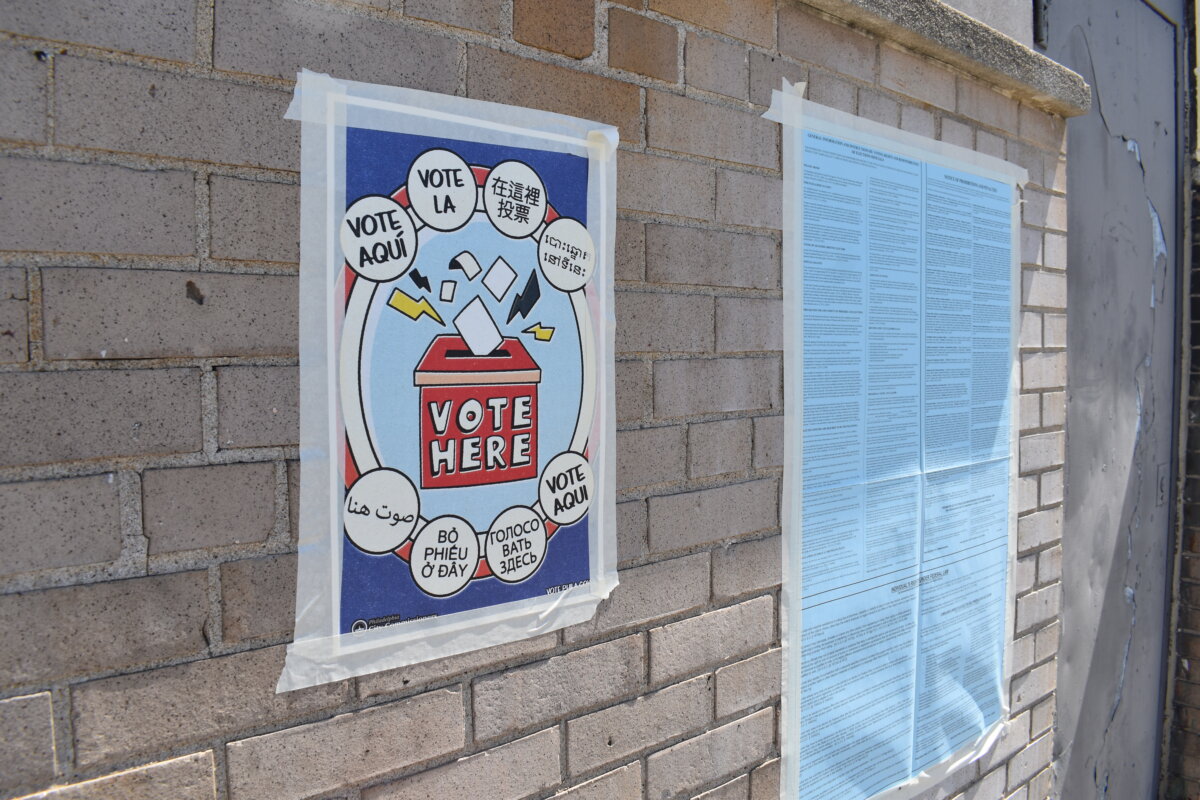By David Henry
NEW YORK (Reuters) – A U.S. accounting regulator plans to release new rules on Thursday that will change how banks set aside money for bad loans, raising fresh questions about the role of forecasts in their financial reports. The Financial Accounting Standards Board’s goal in setting up the new framework for loan-loss reserves is simple: it wants to reduce the likelihood that investors will get blindsided by a sudden deluge of bad loans, as they did during the 2007-2009 financial crisis. The new standard will require banks to start setting aside reserves for losses as soon as they make a loan, estimating costs that are “expected.” Currently, they only set aside reserves when credit quality deteriorates to the point where losses are “probable.” The fly in the ointment, analysts say, is the estimates will be highly subjective. Bankers will have leeway to base their reserves on forecasts of future economic conditions. Predictions about factors like unemployment, oil prices and interest rates will vary from bank to bank and inevitably affect quarterly results and balance sheets. “There is a trade-off there,” said Vincent Papa, director of financial reporting policy for the CFA Institute, which certifies financial analysts. “There is a lot more discretion being granted.” FASB developed its upcoming standard over more than 10 years, sketching out plans in public meetings and in material posted to the board’s website. The final version will be released on Thursday, said spokeswoman Christine Klimek. The International Accounting Standards Board, followed in Europe and many other areas outside of the United States, modified its standard two years ago, but did not go as far as the FASB.
Questions about loan-loss reserves are at the fore now. Reserves are among the most important numbers in bank financial statements. Because they are at historically low levels, analysts expect them to rise. (For a graphic on loan-loss reserves at U.S. banks, click here: http://tmsnrt.rs/213DbsI) Big banks will get three-and-a-half years to adopt FASB’s changes. But even under current accounting standards, reserves are subjective and can vary widely between banks, as shown by the way the industry has prepared for losses from energy loans. As of March 31, JPMorgan Chase & Co’s reserves for losses on funded energy loans were 6.3 percent of energy loans, sharply higher the 4.2 percent Citigroup Inc had set aside, according to calculations by Goldman Sachs analysts and Citigroup disclosures. Both banks could be just right, or could be stretched high, or low; analysts do not know because they cannot see exactly how the respective loan books differ. Spokesmen for JPMorgan and Citigroup declined to comment for this story. In public conference calls with analysts, JPMorgan Chief Executive Jamie Dimon and Citigroup Chief Financial Officer John Gerspach seemed to step in different directions when asked if they were setting aside the right amounts for bad energy loans. Dimon said in January, “We try to be very conservative, always. And, so, we’re not trying to put up as little as possible. You know me, I’d put up more if I could. But accounting rules dictate what you can do.” Gerspach, in April, pointed out that the bank in the past reserved much more than needed. He said Citi was in the process of setting “appropriate reserves.”
The banking industry has historically gone from reserving too little, to too much and back again. Before the financial crisis, quarterly loan loss allowances fell at the end of 2006 to a 21-year low of 1.07 percent of loans, according to data from the Federal Deposit Insurance Corp. Low reserves made banks more vulnerable to the losses that followed and made their financial statements less credible at a time when they most needed investor confidence. In the next three years the banks more than tripled reserves even as they wrote off huge amounts of bad debt. Today, reserves are back down to 1.35 percent of loans.
Lynn Turner, a former Securities and Exchange Commission chief accountant who led a 1998 push to stop companies from piling up excess reserves to inflate results later, said he does not believe the new standard will change much. “The bottom line is that when times are tough, (banks) don’t like to book reserves,” he said. “When times are really good they like to book them for cookie jars that they can use in bad times.” In a December 2014 study, two economists at the Federal Reserve Bank of New York examined confidential records of how banks rated the chances of default for the same loans. The authors, Matthew Plosser and João A.C. Santos, found that banks with relatively less capital tended to have sunnier views than stronger banks. The bias was more apparent on loans that were not scrutinized publicly by credit ratings agencies. Hal Schroeder, a FASB board member, acknowledged in an interview that different people will come up with different loss estimates of the same loans. But, he said, investors will be better served by financial reports that can reflect what the bankers see coming. “The objective of this standard is to align the economics of lending with the accounting,” Schroeder said. “If you have an expectation of loss, why should accounting ignore that?” (Reporting by David Henry in New York; Additional reporting by Dan Freed; Editing by Lauren Tara LaCapra and Chris Reese)


















